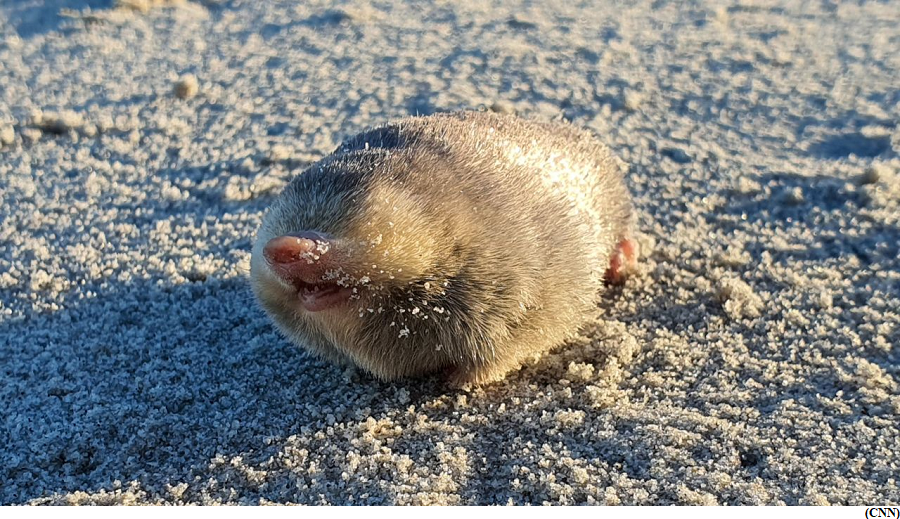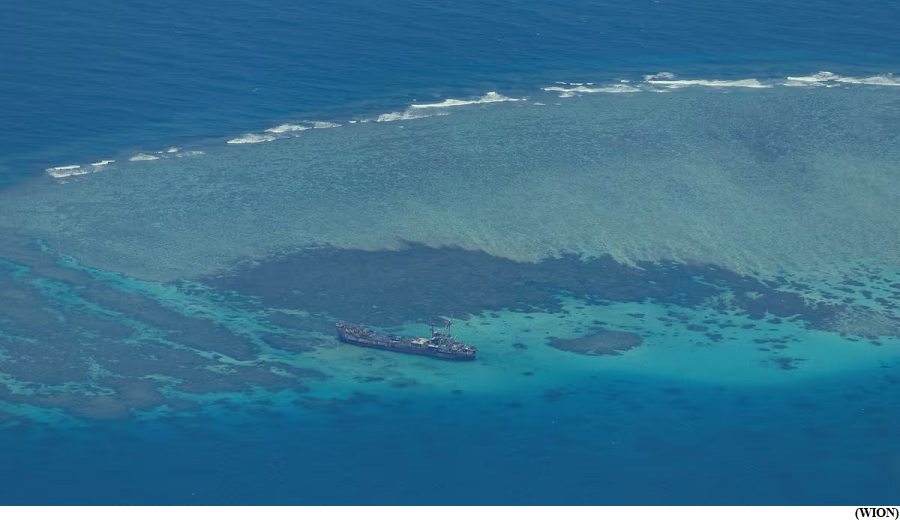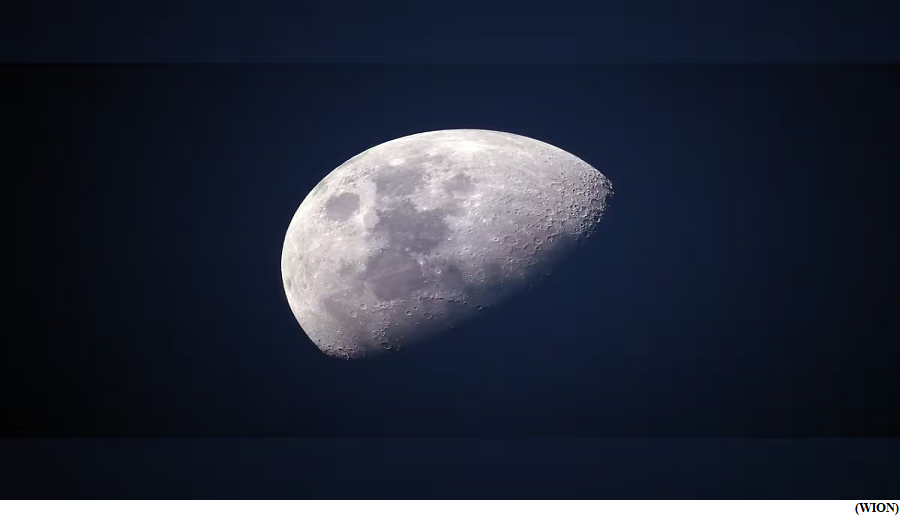Blind golden mole rediscovered 87 years after extinction (GS Paper 3, Environment)

Why in news?
- A blind golden mole that can swim through sand has been rediscovered in South Africa 87 years after it was declared extinct.
- Scientists were able to locate the mole in sand dunes in the northwest of the country, following a two-year search relying on DNA samples.
When were these moles spotted last time?
- The golden mole species had gone out of sight since 1936.
- About the size of a mouse or hamster, they were previously spotted in the small region of Port Nolloth in the Northern Cape.
- They are very hard to spot, owing to their over-sensitive ears, which can detect movement from above ground. Also, they live in largely inaccessible burrows and don’t leave tunnels behind them.
Background:
- The team of scientists was first able to detect the presence of the golden mole species in June 2021.
- It was then that they surveyed up to 18kms of dunes a day, using a trained sniffer dog, while also relying on 100 soil samples from sites along the northwest coast where golden mole activity was detected.
- An analysis of the survey later confirmed the presence of golden mole in the dunes.
China slams US for 'illegally' entering waters near disputed Second Thomas Shoal
(GS Paper 2, International Relation)
Why in news?
- China recently accused the United States of escalating tensions in the South China Sea after it claimed that an American combat ship "illegally" entered waters near the Second Thomas Shoal, which is a disputed atoll.
- China also described the US as "the biggest threat to peace and stability" in the region.

Second Thomas Shoal:
- China refers to Second Thomas Shoal as Renai Reef and it is about 200 kilometres from the western Philippine island of Palawan.
- The disputed South China Sea atoll is more than 1,000 kilometres from China's nearest major landmass, Hainan Island.
South China Sea conflict:
- Territorial disputes in the South China Sea grab the attention of the world.
- It involves conflicting island and maritime claims in the region by several sovereign states, namely Brunei, China Taiwan, Indonesia, Malaysia, Philippines, and Vietnam.
- China has ignored a 2016 ruling by the Permanent Court of Arbitration in The Hague that its claims to almost the entire sea have no legal basis.
- In recent years, China has ramped up patrols of the waters and reefs in the South China Sea and built artificial islands that it has militarised to reinforce its assertion.
Moon getting hydrogen from solar winds, reveals study of Apollo samples
(GS Paper 3, Science and Technology)
Why in news?
- A recent study conducted by researchers at the US Naval Research Laboratory (NRL) has uncovered a fascinating aspect of the Moon's composition.
- The study, centred on lunar rocks brought back by the Apollo programme, has revealed the presence of hydrogen within these rocks.
- This hydrogen, when combined with lunar oxygen, holds the potential to serve as a valuable resource for future lunar explorations.

Details:
- The Apollo programme, which returned with a total of 382 kilogrammes of lunar rock, provided a substantial amount of material for scientific analysis. Some of these samples were promptly examined, while others were securely stored for later research.
- They studied lunar rock to unravel the origins and formation of water on the Moon.
Key Highlights:
- Transmission electron microscopy played a key role in this investigation, focusing on lunar sample 79221. In this technique, a beam of electrons visualised specimens at a highly magnified scale.
- The team concentrated on grains of minerals such as apatite and merrillite, identifying signs of 'space' weathering caused by the solar wind.
- The solar wind is a stream of charged particles emanating from the Sun at speeds of up to 1.6 million km per hour.
- The researchers discovered hydrogen signatures within vesicles, small cavities formed as lava cools.
- This groundbreaking finding indicated that detectable amounts of solar wind are being trapped, potentially creating a reservoir that could be harnessed by future lunar explorers.
Way Forward:
- This knowledge is crucial for the prospect of sustained lunar exploration, especially for the establishment of lunar bases, which would benefit from using local resources available on the moon.




